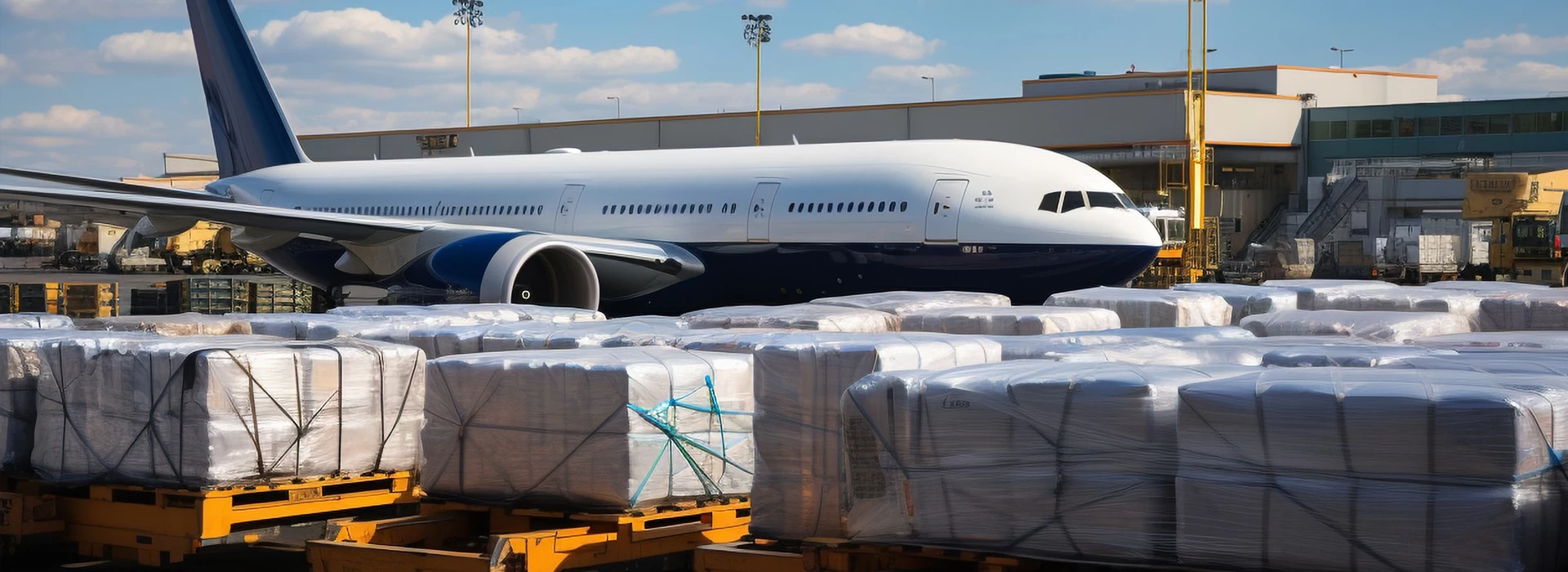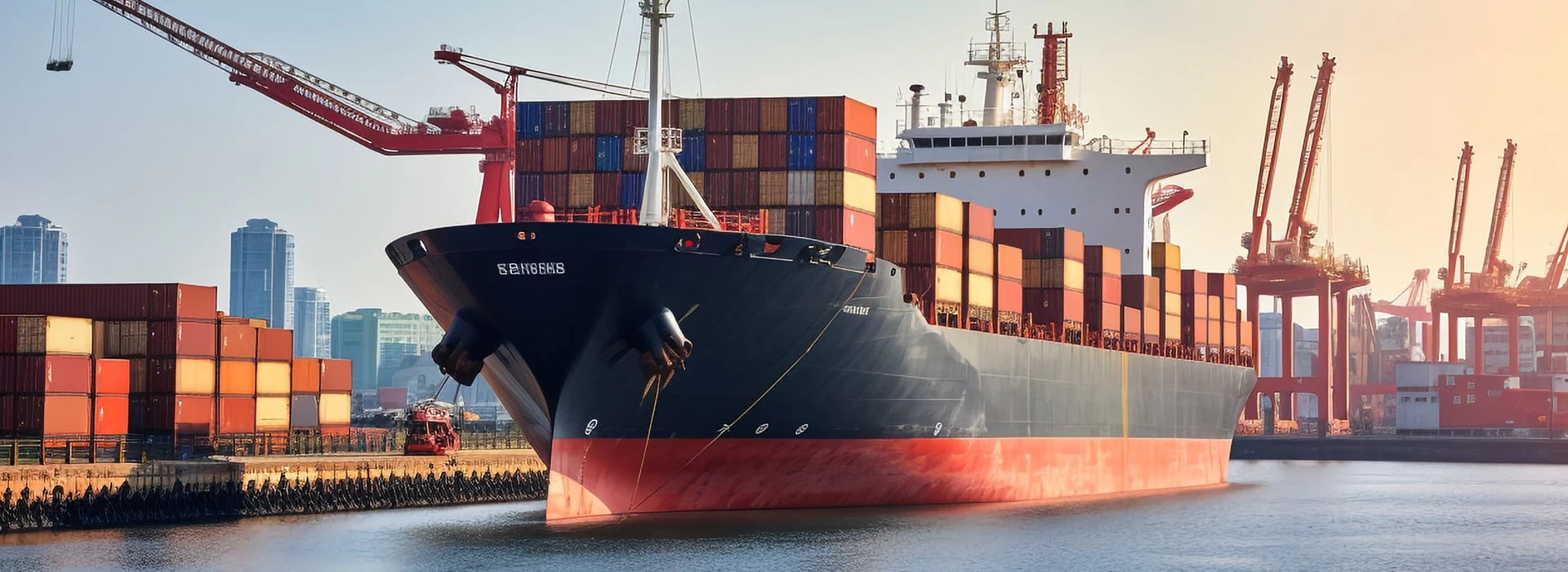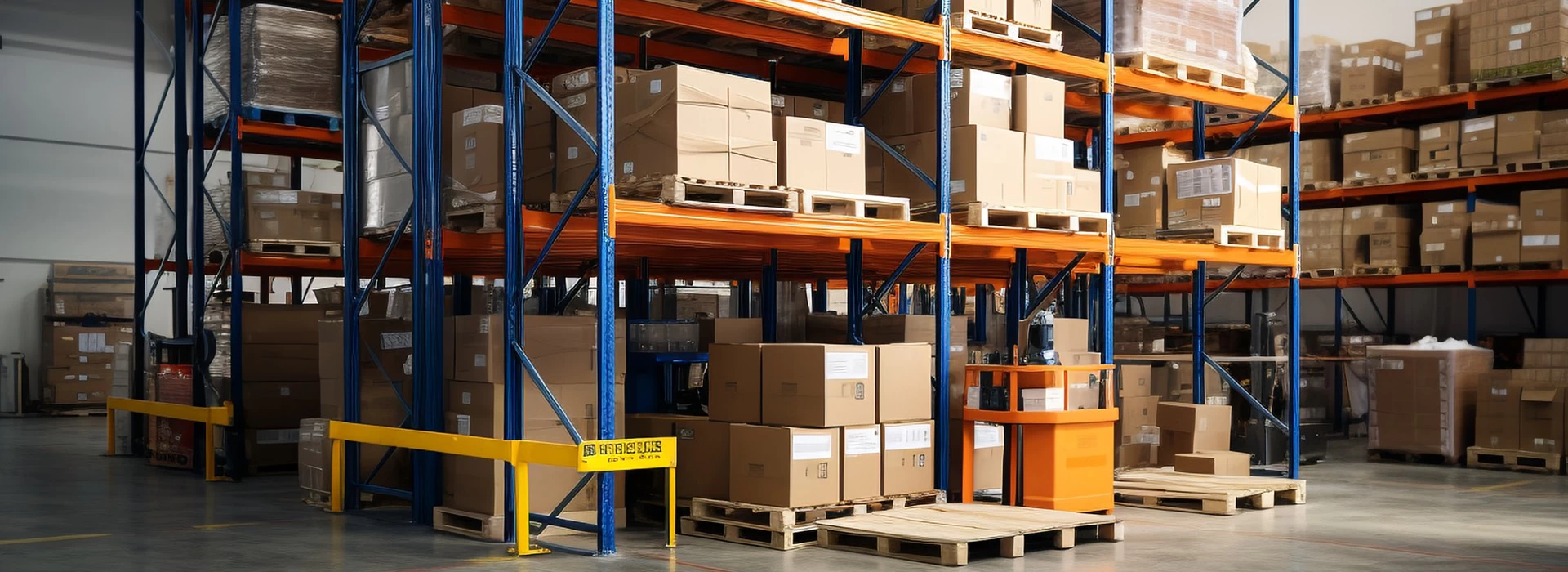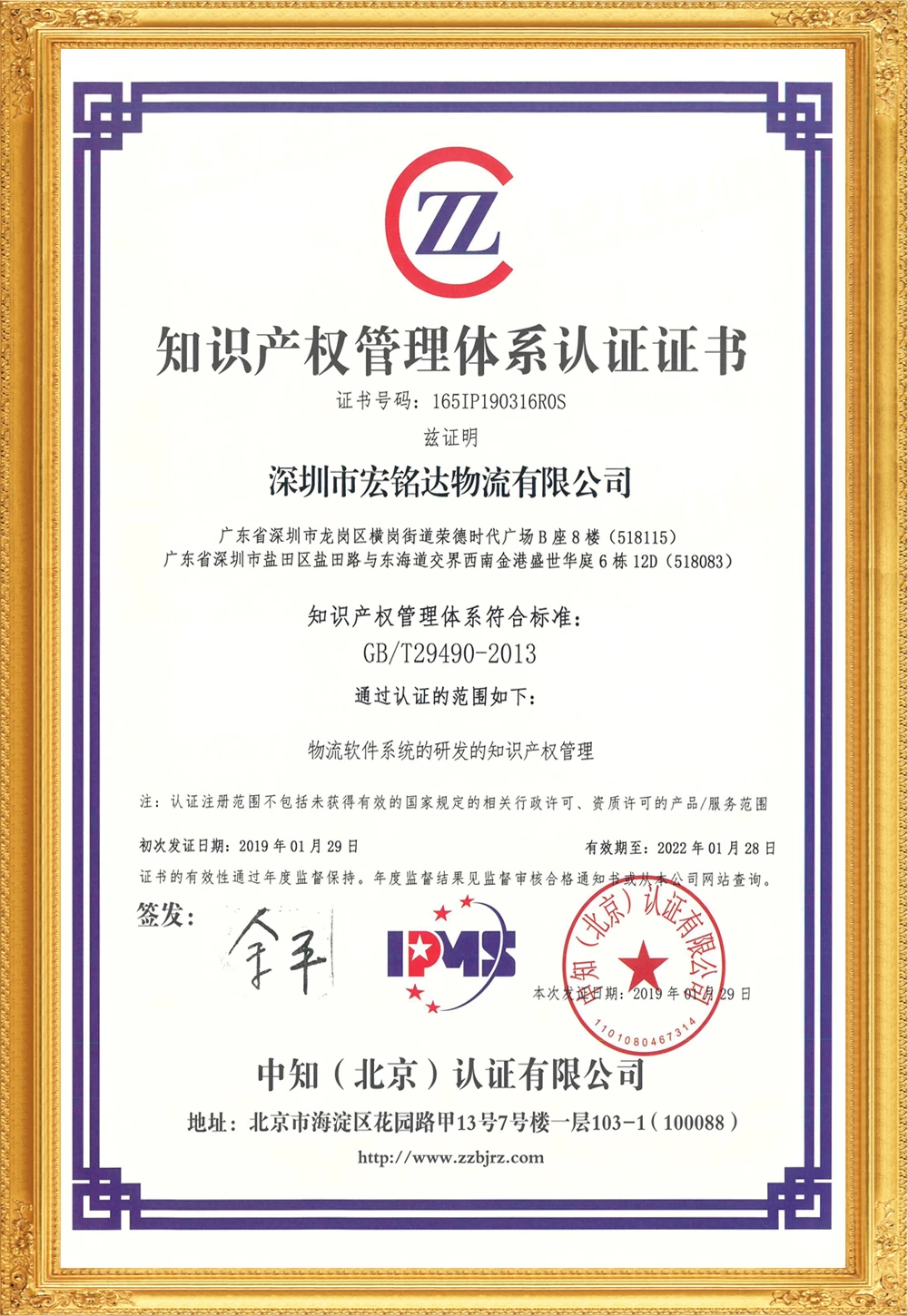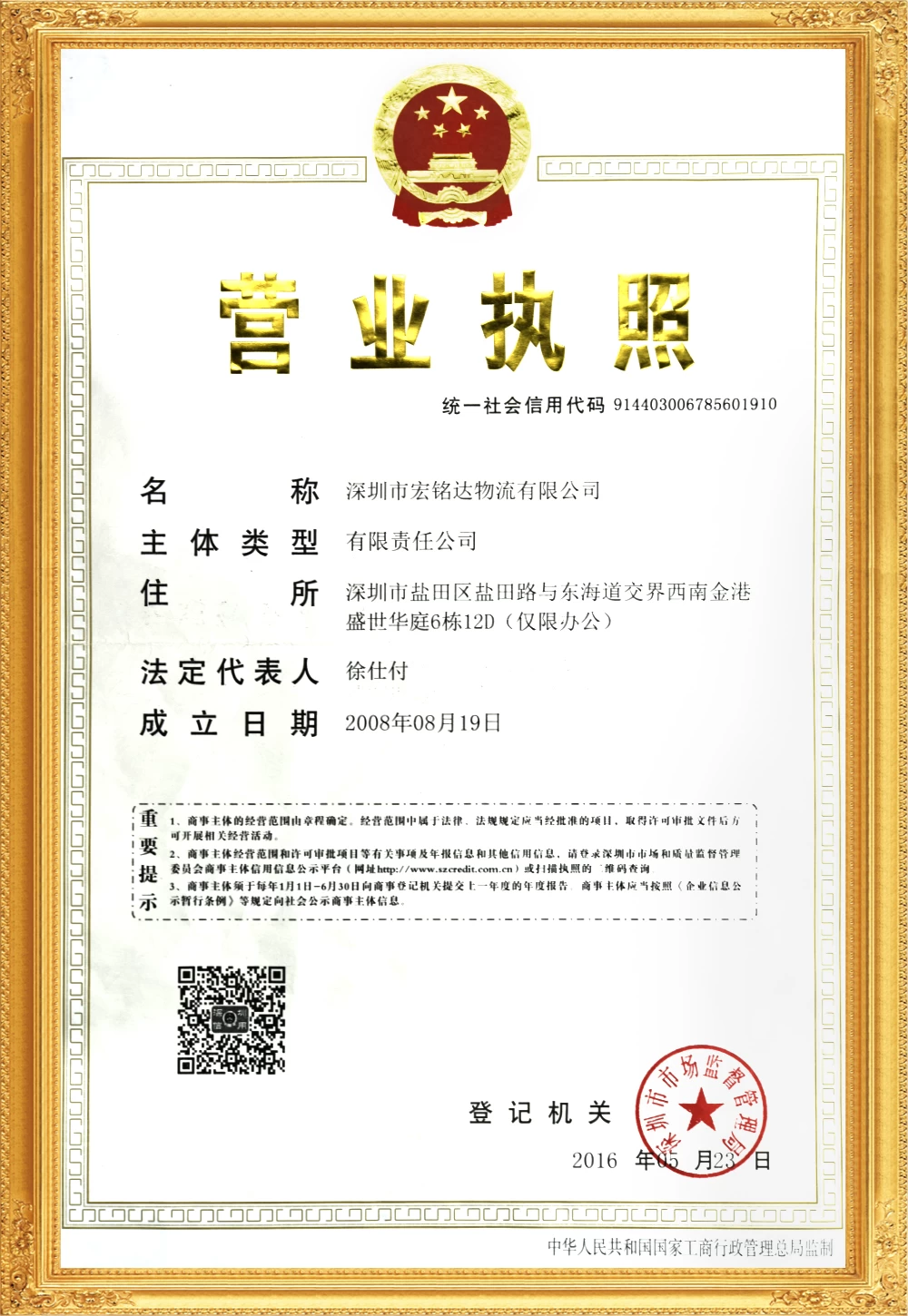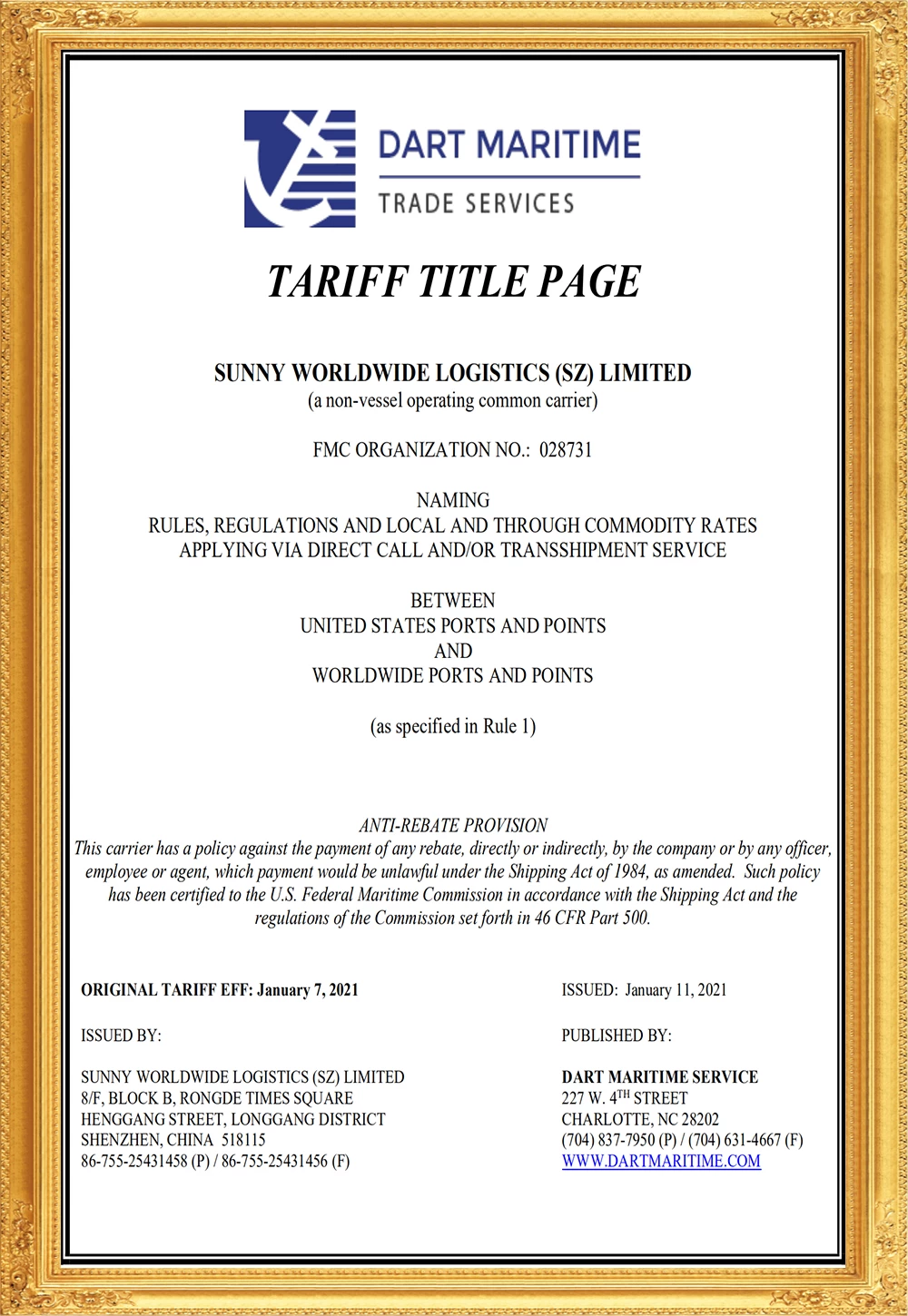Logistics Encyclopedia International Air Transport: What is dangerous goods air cargo?
Logistics Encyclopedia International Air Transport: What is dangerous goods air cargo?

Dangerous goods in air transportation refer to substances that are explosive, combustible, corrosive, radioactive, etc., as well as substances or items that can obviously endanger personal safety and health or cause damage to property during air transportation. Therefore, relevant regulations and safety measures need to be strictly observed during transportation.
Classification of dangerous goods
1. Explosives
2. Gas
3. Flammable liquids
4. Flammable solids, self-igniting substances and substances that release flammable gases when exposed to water
5. Oxidants and organic peroxides
6. Toxic substances and infectious substances
7. Radioactive substances
8. Corrosive substances
9. Miscellaneous dangerous goods
Shipping restrictions
*Can be carried by both passenger and cargo aircrafts
Cargo only on cargo aircraft
*Can only be carried if free of charge
Air transport is prohibited under any circumstances
Concealed dangerous goods
Magnets and other items of similar material (magnets and other items of similar material
Medical supplies
Metal fencing
Passenger's baggage
Pharmaceuticals
Vaccines(vaccines)
Photographic supplies
Expeditionary equipment
Frozen fruit, Vegetables, etc(frozen food
Household goods(household goods)
Instruments
Laboratory/testing equipment
Precautions
Airlines and logistics companies must have the appropriate qualifications and experience to legally and safely carry out dangerous goods air cargo operations. At the same time, the shipper and receiver of the goods also need to cooperate to provide accurate and complete cargo information to ensure the safe transportation and on-time delivery of the goods.



